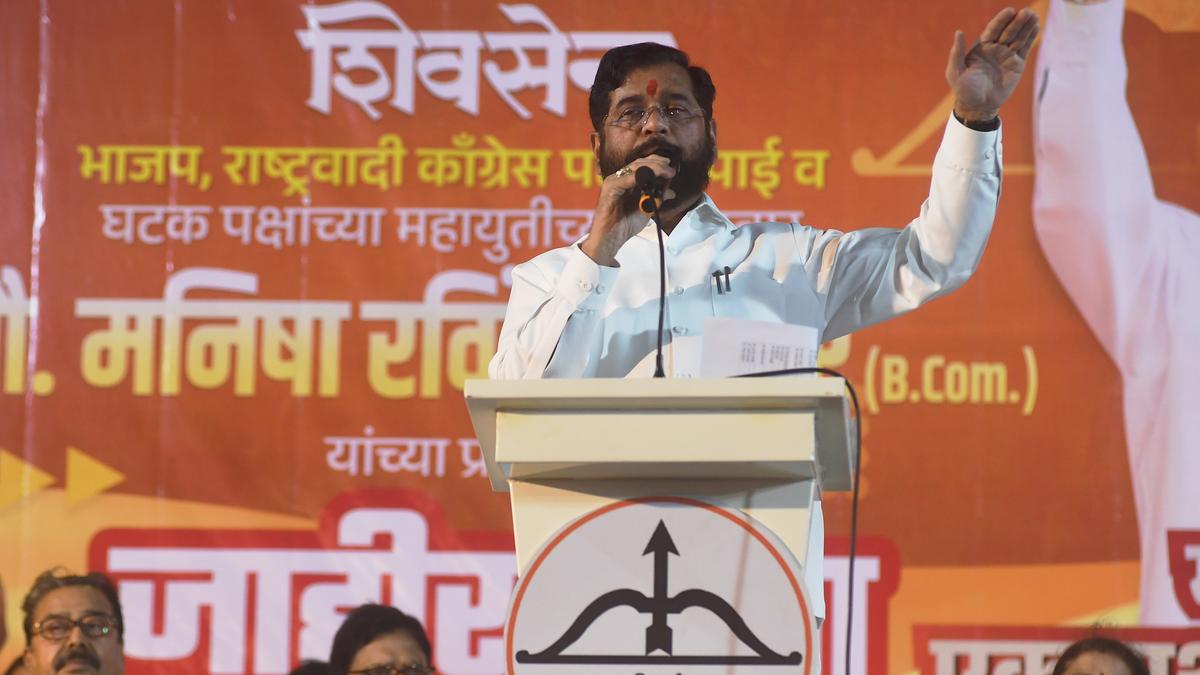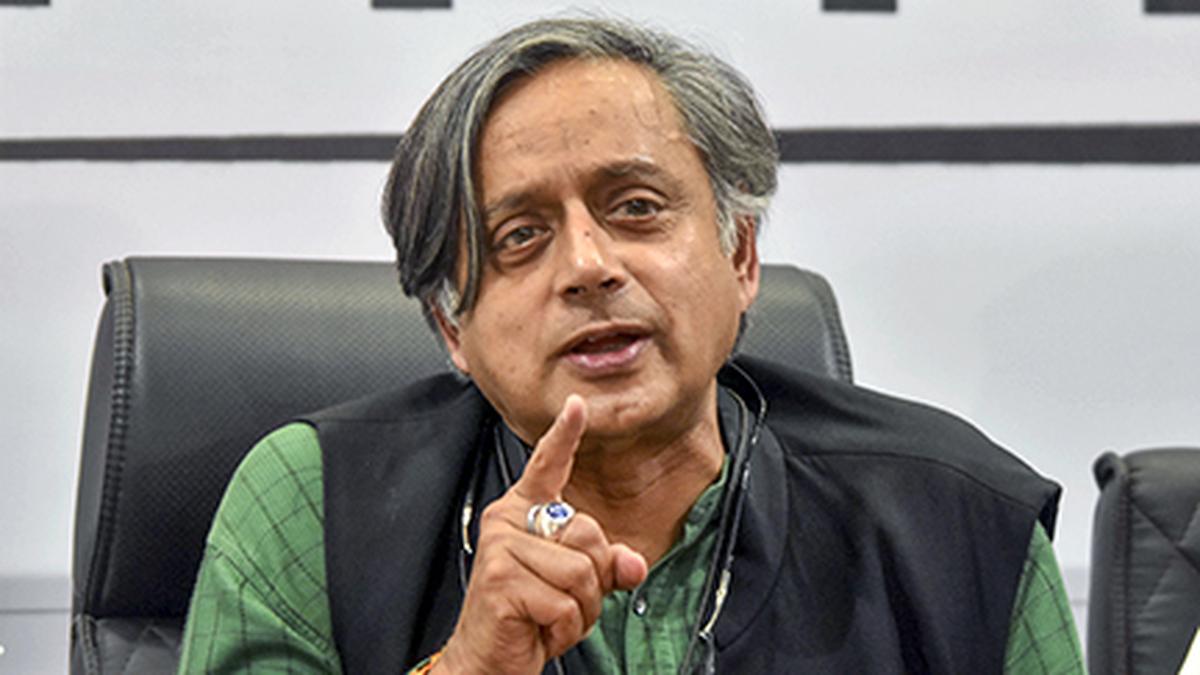Former Reserve Bank of India Governor Raghuram Rajan who has returned to teaching after his stint in India, talks about his new book, Breaking the Mould: Reimagining India’s Economic Future, authored with fellow academic Rohit Lamba, that makes a case for a fresh approach to crafting India’s economic future. Edited excerpts from an interview.
In his memoirs, Alan Greenspan said Manmohan Singh tore a hole in India’s socialist fabric but that wasn’t enough. With freebies dominating the discourse, is that the mould we need to break out of?
It’s not so much the socialist mould as those labels have lost value. It’s more of what we expect from government and, to some extent, we’ve given up on getting better services from them. We think it’s better to get a bird in the hand, be it cash or some sort of benefit or a reservation, rather than press for better government services that equip us to do better.

And this is problematic because down the line, there’s only so much the government can give. We should move the dialogue from government as provider of public sector jobs, or private sector jobs through subsidy, and choosing between communities through reservations.
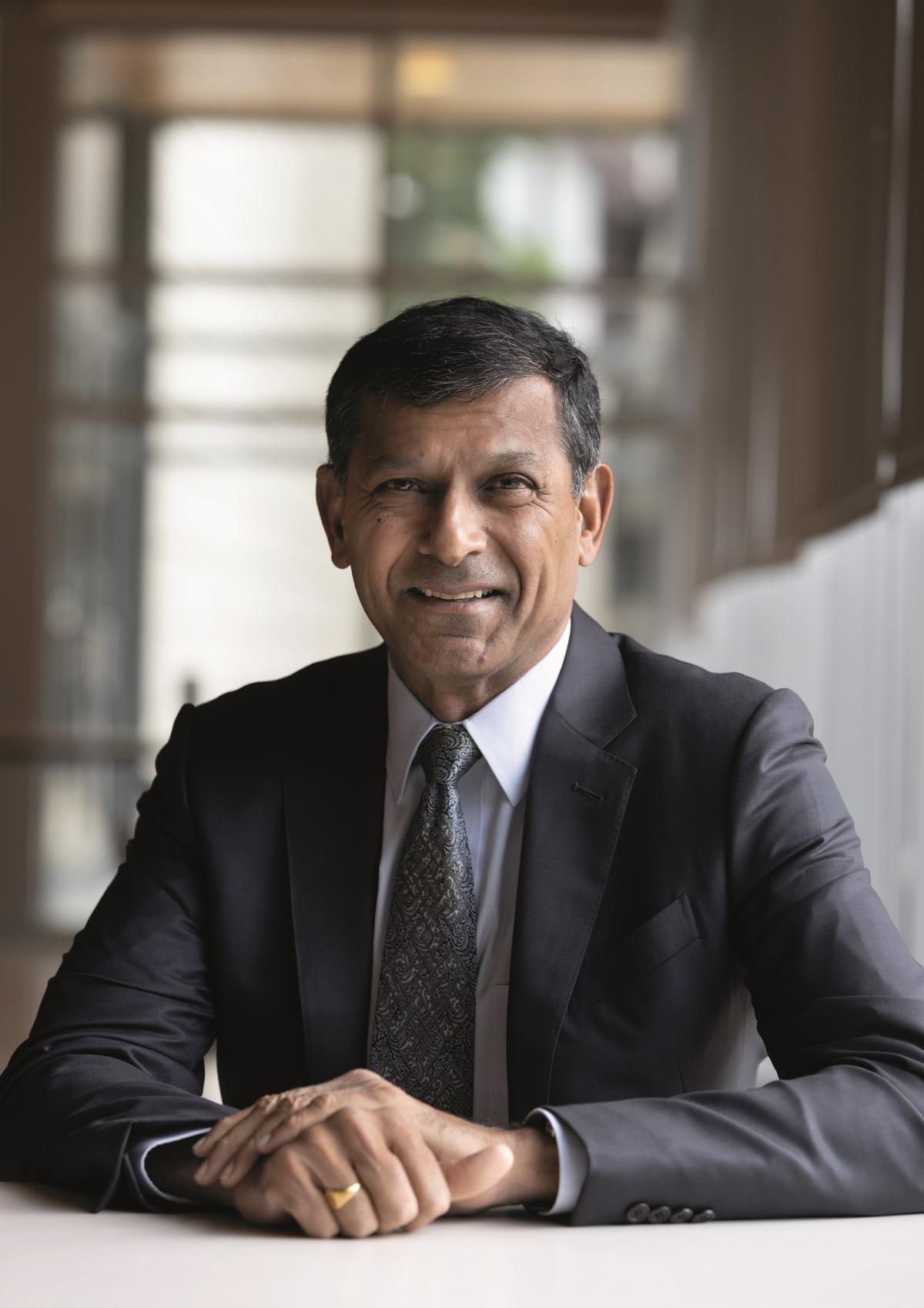
Raghuram Rajan, Former Governor, RBI | Photo Credit: Anne Ryan
That is sort of distributing the spoils, ex-post. It should be more an enabling framework, to generate your own human capital and use it to expand the country’s possibilities. Then we have a much better chance at reaching that magic goal for 2047 of being an upper income country.
A Vision 2047 plan for that is expected soon. How tough is it to plan for 25 years in the absence of ground-level data from the Census or Consumption Expenditure Surveys?
In planning, you can make up any number you want. I just divide this is the level I want to be at, with the growth rate. How are you going to ensure that? We did away with the Planning Commission, which put a lot of thought into five-year plans. Today, I see ministers say: “We will be a $5 trillion economy by the end of 2025”. Have you done the numbers? What we are worried about is that the vision is not accompanied by serious economic thinking. It’s just the numbers thrown out and that we will be a developed nation by 2047. What does that entail? Your 35% malnourished children today are going to be workers in 2047… will they be capable of doing work in the presence of robots and AI? Have you thought about what that entails? So we also need a revolution in thinking.

Is there a sort of intellectual deficit we face, with an ‘all is well’ belief?
I don’t think it’s a deficit, but the willingness to slap down every critic or even a balanced observer who points to the downside with “Oh, they’re a habitual critic…” So who wants to offer suggestions in this? I get a whole lot of flak, even to the point that some news persons say I enjoy it. Who enjoys being assaulted all the time? But you care enough about the process that you say, “Look, even if nobody wants to speak, I should speak because I feel I would be letting down my country if I didn’t speak.” It’s important to speak because otherwise the picture is an imbalanced one and you only see the consequences down the line, when the people who led us there are all gone. We will be left to suffer the consequences. Our children’s high malnutrition levels should be the country’s shame that we want to eradicate. Similarly, why can’t we get more women into the labour force? These are questions we should be asking every day.
We seem to be having a rerun of ‘That ‘70s Show’ with some policy initiatives like the production-linked incentives, excessive taxation and the import licensing for IT hardware, while our reform orientation so far was to open up and liberalise…
Our basic sense, certainly is that even the old, liberalising pace of growth that we had, is not enough, given what is happening in the world around and what is happening on unemployment. But the new sort of focus seems much more the old bureaucratic intervention — let’s favour this sector, let us put tariffs on that sector and let us tax this. The problem with Indian policy, for a long time, had been unpredictability, and a sense that this was all about bureaucratic intervention. ‘I know, therefore, I am going to enable that and I’m going to enable this’. There certainly is a strong whiff of that, when you take the import tariffs on computers. You have to understand that India’s strongest industries are software, computer software, and hopefully AI going forward. These are areas that require tremendous use of computers. If you remember Narayana Murthy’s stories about how he had to go to Delhi to spend a few weeks trying to get the ability to import. As soon as you put any of these things on a licence, and you force people to ask for bureaucratic permissions, because not everything is detailed in that — you may want a chip which is expensive, but will enable you to do AI. So what do you have to do? You have to write to the ministry and say, ‘Please let me…’ This is so backward-thinking that it almost feels as you said, back to the ’70s. For what purpose? What did we learn other than that this simply doesn’t work? So, I do worry, but on the other hand, Gurcharan Das’ idea that India grows at night, is well and truly alive. There are so many spectacular stories of entrepreneurs, of course, benefiting from some things that government does, such as the infrastructure buildup. But if we want to break the mould and get spectacular growth, we need government to be supportive, not to let the country just grow at night. It also has to grow during the day.

How critical are pending reforms in factor markets like land and labour, and even the farm sector where some reforms were stalled because of the manner in which they were carried out?
I’ve been saying for a long time that we need a second generation of reforms. I think the really strong reforms across various areas that we had were in the NDA government of Atal Bihari Vajpayee. Then there was no backward movement but there were movements towards democratising, like the Right to Information Act during the UPA. And then in the early stages of the Narendra Modi government, we had things like the GST and the bankruptcy code, all of which were good. Going forward, we need a really well thought out second generation reforms, which obviously includes taking a look at all the rules and regulations that govern business and trying to make sure we have the right ones, not every possible rule and regulation. Land acquisition is important, but it has to be a fair and transparent process because we know it gets murky and unfair very quickly. How do we do that? We cannot afford to neglect the human capital. Think of the cohorts of children who are affected by the pandemic… how many of them are at risk of dropping out because we didn’t give them remedial education to bring them up to speed. Pandemic-affected children are a year behind in every country. How are you going to create a first world economy if your children are illiterate? Some States like Tamil Nadu have taken remedial action, but others have not. Similarly, our colleges and universities… a survey says 50% of our college graduates are unemployable. That’s a waste of talent. How do we make our colleges generate more employable students? We don’t have one university in the top 100. Is it a surprise that we don’t produce a whole lot of intellectual property? We don’t produce an Nvidia or an Apple. But we need such companies.

There’s a sequence in ‘Joe Versus the Volcano’, where Tom Hanks’ boss talks to someone on the phone, repeating, “He can get the job, But can he do the job?” Is that really our challenge?
Yes, there’s a mismatch between demand and supply of jobs. Think of any government job and millions are looking for them. But when I talk to entrepreneurs, they say ‘I can’t find anybody who I can employ’. We need to really have skilling programmes that work to make this happen, and they are just the last mile. What about everything that happened before… the foundations are so very important. The government has to spend more time. I have certainly discovered in my interaction with youth, that it doesn’t matter what skills they possess, but if you challenge them and they have some basics, they will rise to the occasion. I have immense faith that we can do it if we put our shoulders together. That’s the magnificence of India. You have, on the one hand, Nobel Prize winners, and on the other side, you have fifth grade students who can’t do math at the second grade level. But there’s a lot in between, and can we use that talent we have, the strength we have, to pull everybody else up? And this notion that it has to be India Shining, and only the top, has been discredited so many times. You can’t just look at the stock market and say we’re doing wonderfully well. What about the rest? And we’re talking about a 20-year framework, not one which ends with the election cycle.

This demographic dividend is not going to last forever…
This is the fear we mentioned in our book that China has, and we shouldn’t have, of growing old before we grow rich. We’re still young, but it’s not going to last forever. And you already see in the rich States people having less than two children, below the replication rate. As a result, I think ageing is going to hit us sooner than we think.
You have talked about how conventional manufacturing is not enough to lift India’s people out of poverty. You have mooted some interesting models like direct services exports, hybrid manufacturing and services… How do we calibrate policies to enable those?
I think the wrong idea — and this is the bureaucratic idea — is that we should subsidise our way to manufacturing. When China entered the game, it was competing with U.S. workers and the whole argument in the U.S. is so many workers lost their jobs because of that. The labour arbitrage between workers was important. The Chinese worker, even though less productive and without the same level of automation, was cheap. Today, we’re competing with a Chinese worker. One, we are not going to make a lot of profits from this to improve the quality of our infrastructure and our people. We are actually subsidising our way to these jobs because we can’t compete with the Chinese. Is that job going to stick? Yes, if I can make my components in Malaysia, it’s a plane ride away to bring it into India so long as we keep tariffs on that low. If we start erecting tariffs on everything, then people will only bring the old, high-cost manufacturing that won’t happen without subsidies. Subsidising is taking from the government’s pocket and giving it to the private sector. China could grow up the value scale as it was in a less competitive environment and could reinvest to move up. We don’t have such an argument here. Instead, why don’t we address the problem head-on? When people don’t find workers who are highly qualified, so what they do instead is focus on something in between — low-skilled manufacturing which requires higher engineering talent and is more capital-intensive. That’s how our successful two-wheeler or pharmaceutical industry thrives. It’s on jugaad. If you think about that, you can do two things. One, try and improve the quality of the worker, which is the health and education and skilling. But the other is trying to move up the value chain. Focus on your colleges, improve the quality of engineering. That’s where we are already very successful. If we can educate the worker really well, they can go from ‘Zero to Hero’ within the span of the education period. So why not focus on that? Government people, I’m told, say: ‘We don’t subsidise services, because they are are already doing so well.’ Precisely! Focus on your advantage, don’t focus on your disadvantage, and try and make more people capable of doing that. The other argument is, “Oh, services aren’t going to provide jobs for the many.” But of course, they do provide. Look around you in any city, everybody is doing a service job. And there are a huge number of jobs which come as a result, every high-paid worker creates five or six jobs. Now, what you want is those five jobs to be good enough that they can educate their children so they can become those high-paid workers. I saw this happen at the RBI where, our class IV employees, their children were all bank managers or working at Infosys as they all had a good education.

China also successfully raised their minimum wages over the years. While they were using the cheap labour arbitrage to get factory work, they kept raising their workers’ living standards and incomes. Is that something that India could possibly look at?
Well, actually, China suppressed the pace of growth below productivity, but productivity was growing hugely. So wages were growing, but they put a lid on unions’ bargaining. So companies’ margins were always growing as wages weren’t keeping pace with worker productivity. As a result, they were creating a lot of jobs and had successful firms that could reinvest enormous amounts. Unfortunately, China is now seeing the limits of that growth because of its more authoritarian government, which is suppressing the kind of private sector growth it had. It has become more state-oriented. And I think that is unfortunately the limit of the China model. It’s a spectacular model to get to middle income, but beyond that, it’s very hard to move forward. I think we have the model to go beyond middle income. Yes, we have to get a lot of people into middle income first. But we can work on health and education, which China also did quite well initially. We miss that part out and say they just did manufacturing well.
Since the pandemic, there’s a K-shaped recovery underway in India. What do you make of it?
We need to understand better why this is a reality. Partly, you also see it in the unemployment numbers. We have highly qualified workers there’s a lot of demand for, but the unemployment numbers for others are a little alarming. Even if you look at the Periodic Labour Force Survey, some of the self-employed numbers could be, as Pronab Sen says, distressed employment. So we need to again look at equitable growth. Part of this is just showing up as years of neglect of that other segment. But also, some recent policies on formalisation, etc., like demonetisation, GST… have made it harder for small and medium enterprises to compete. The flip side of it is spectacular profitability among large firms. But, of course, the employment comes from growing small and medium firms.

Could you elaborate on the three key reform areas — governance, human capital formation, and the environment to innovate.
Very few countries had a strong democracy when they were poor, and we had that. Arguably, it made it more difficult to do some of the things that governments do in early stages. Many countries democratised later than us when they were much more developed. So some people nowadays say, “Oh, they did it without democracy. So maybe we should go back to that.” That would be a really retrograde step. For whatever reason we grew, Indian growth is not to be sneezed at. Some people say we grew only in the last 10 years. That’s rubbish… we grew since the reforms at a steady pace of 6% a year and that’s spectacular. But now, we are developed enough to actually use our democracy for all the good things that growth promises, including the creativity we need. Authoritarianism is not conducive for creativity. This is the wrong time to go authoritarian. But it’s more than just democracy, and democracy is more than just elections, but also everything that goes on between elections. We are an overly centralised government for the country we have. The State of Uttar Pradesh is the fifth largest country in the world. We cannot have everything governed by Lucknow. It has to be decentralised, otherwise there is no incentive to provide good public services, and there is no ability for the public to push for better services. So on governance — preserve democracy, decentralise, and then some issues on how we can continue to be democratic rather than sliding towards authoritarianism, including freedom of the press.
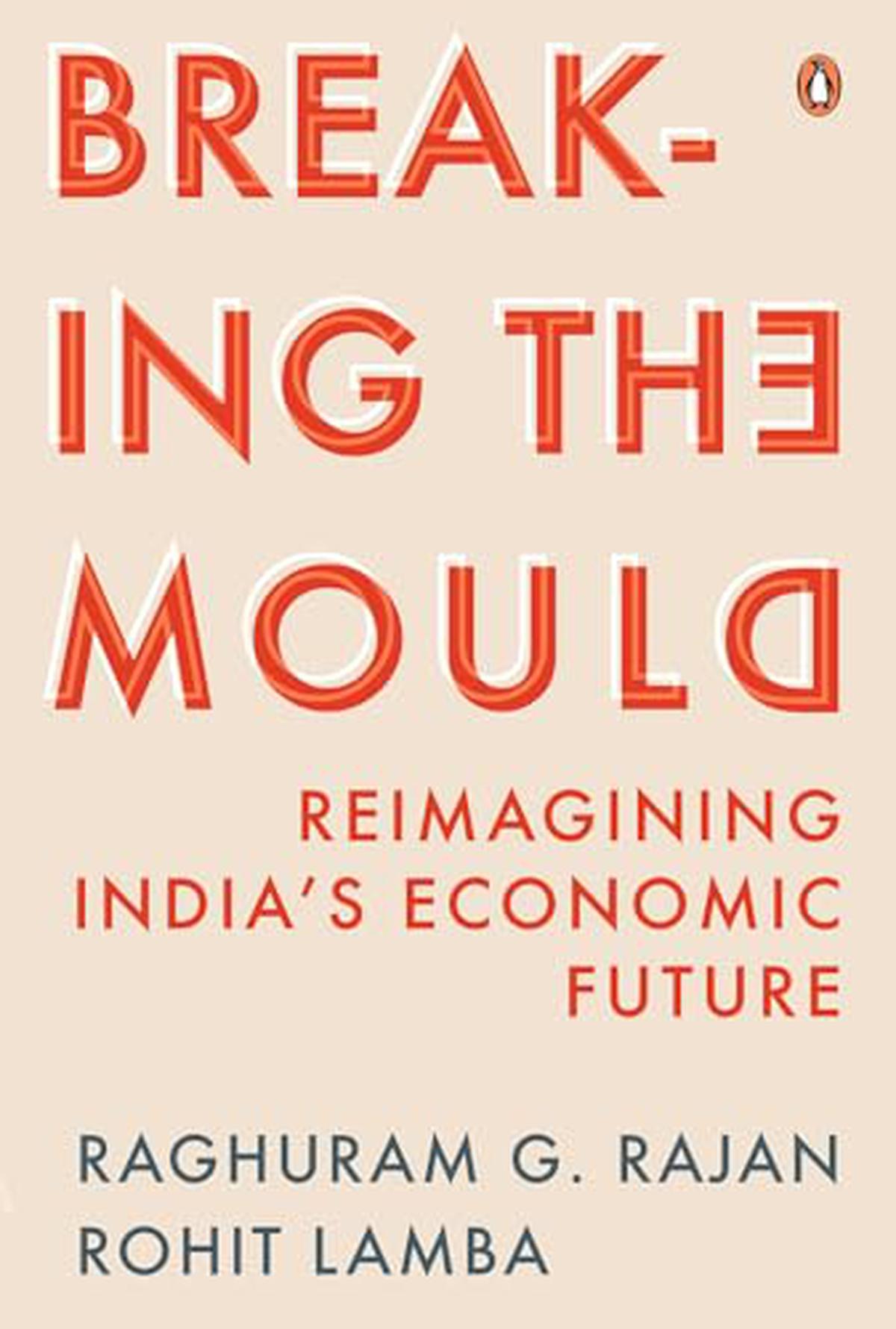
The second aspect is how do we improve public services like healthcare and education? Otherwise you’re going to grow up with a workforce which is not capable of the high quality work we need. Can’t we attract a few of our diaspora with many brilliant scientists around the world, to work here? Third is the environment — once you have created the basis for creating growth, you have to let it happen. It’s not just excessive regulation, but also the government’s enabling ability. Can we do more free trade deals to get a bigger market not just in manufacturing, but in services, where we have more competitive advantage? How do we get other countries to recognise our degrees? How do we energise entrepreneurship? We have to ask why many of our companies are registering in Singapore and not staying here. We can’t rest until every sixth CEO or Nobel Prize winner is an Indian, every sixth Olympic gold medallist is an Indian. We are moving forward, but have a long way to go.
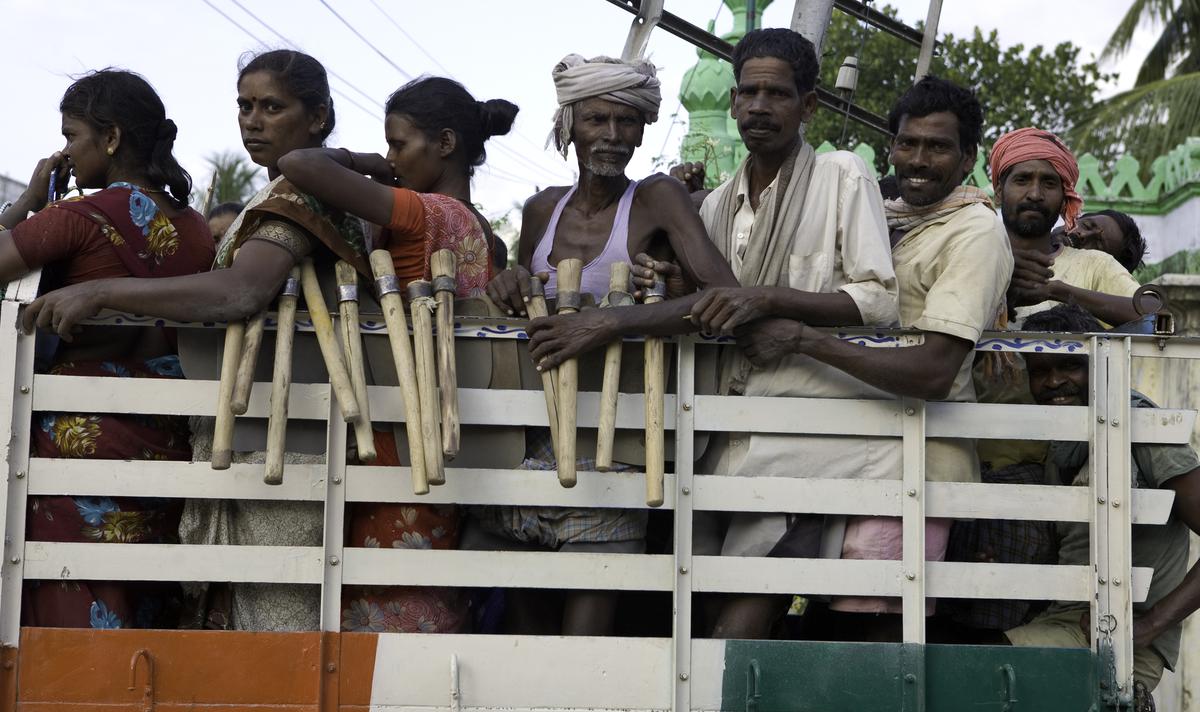
Manmohan Singh had mooted making a speech about Singapore’s progress by former Chinese premier Wen Jiabao, essential reading for all: ‘Only an open and inclusive nation can become strong and prosperous, while a nation that shuts its door to the world is bound to fall behind.’ Does that still resonate?
We need to be open and inclusive, because we need to interact much more with the world. We have the chance to, in a sense, displace China, so we need to build those relationships. It is extremely important that we are able to tell an India story where we welcome all. We keep saying Vasudhaiva Kutumbakam — the world is one family. Let’s make India our own one family first, and show that to the world. Let’s not say: this or that person doesn’t belong. Everybody is a first class citizen and there are no second-class citizens here. Let’s do that and show the world as an example we can be proud of. We start with that and then build on it.
Breaking the Mould: Reimagining India’s Economic Future; Raghuram Rajan, Rohit Lamba, Penguin Business, ₹799.
vikas.dhoot@thehindu.co.in
Published – December 22, 2023 03:49 pm IST



